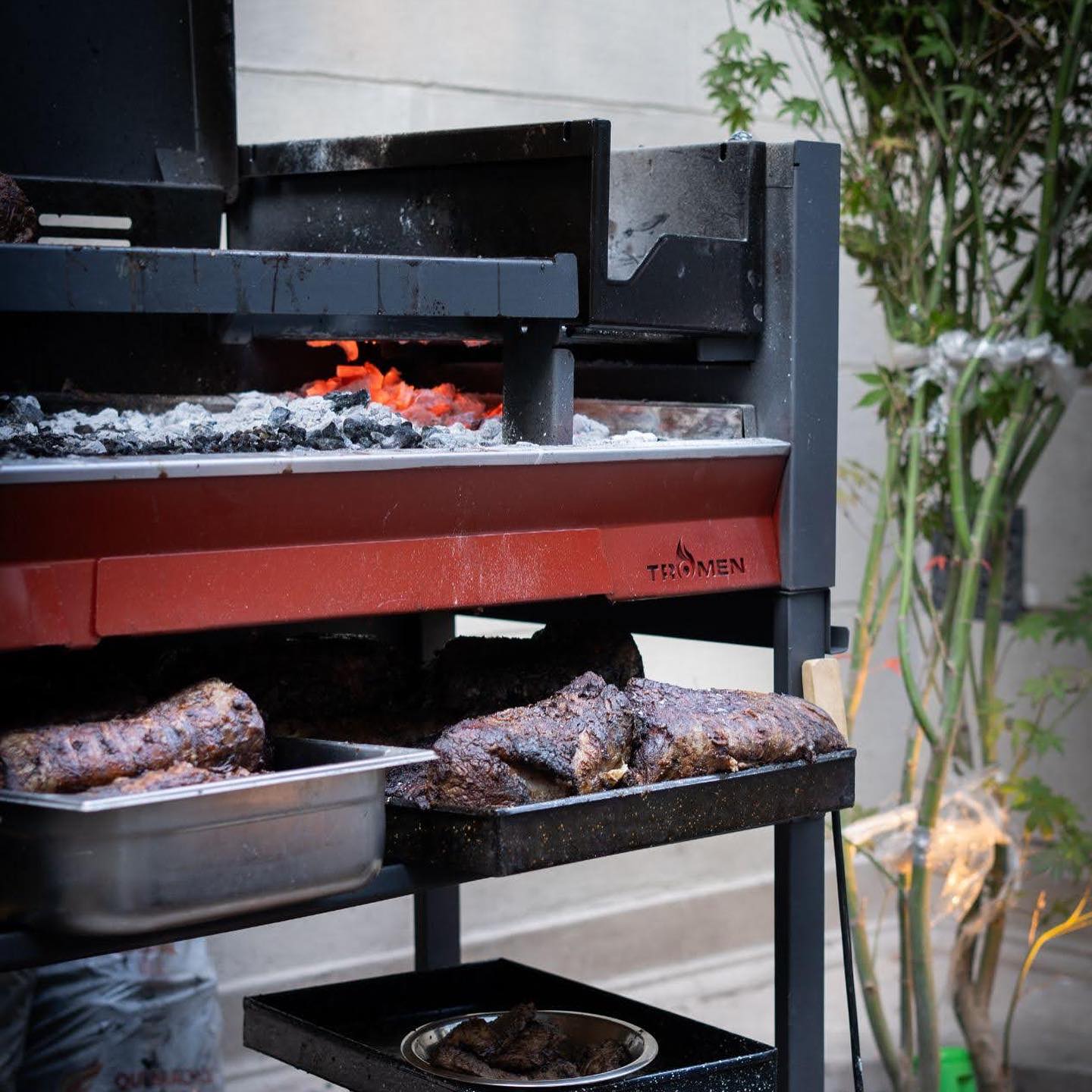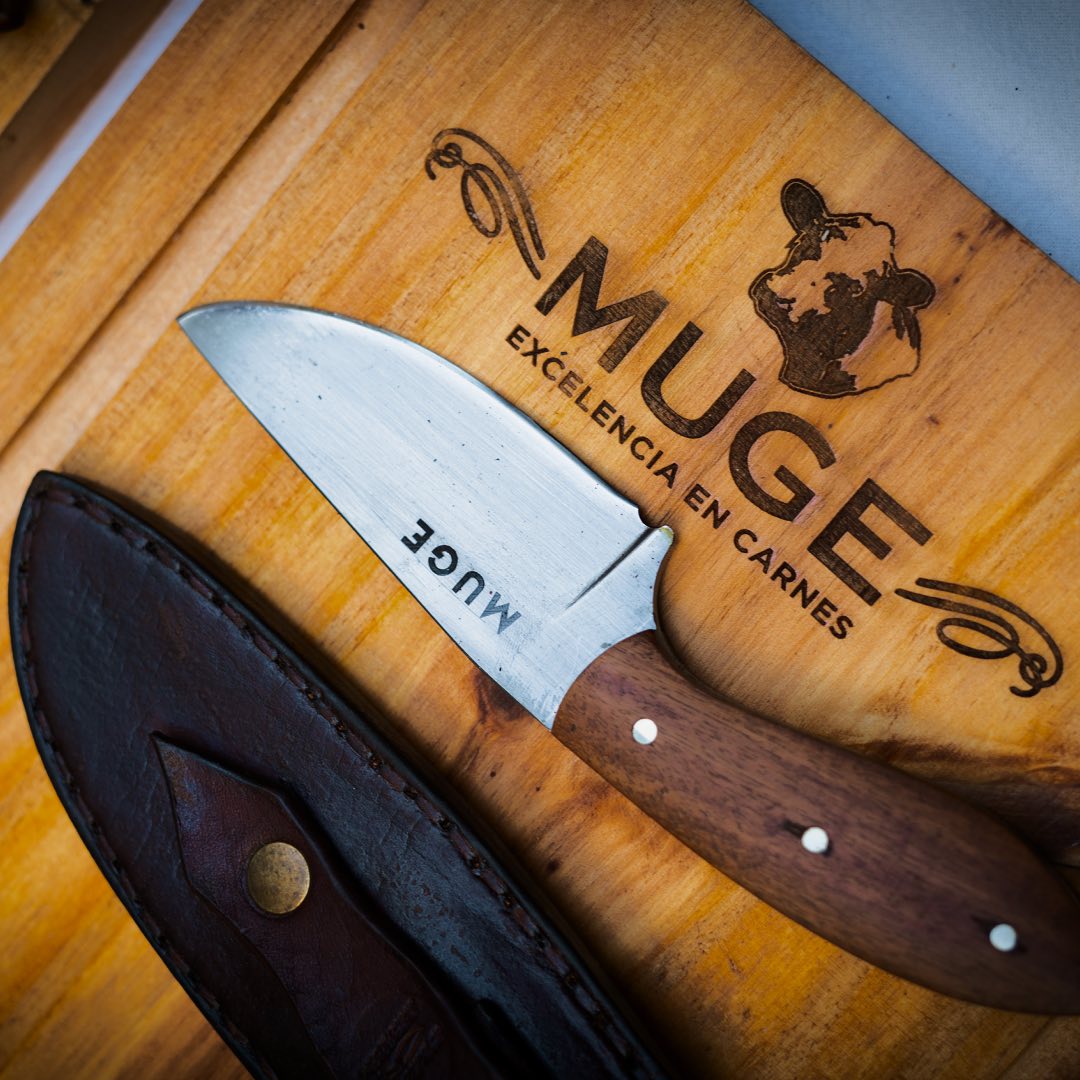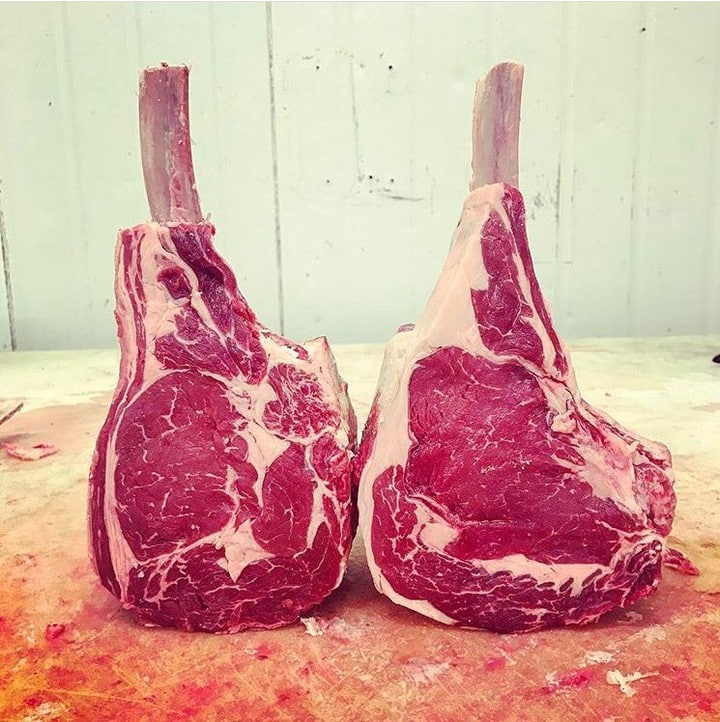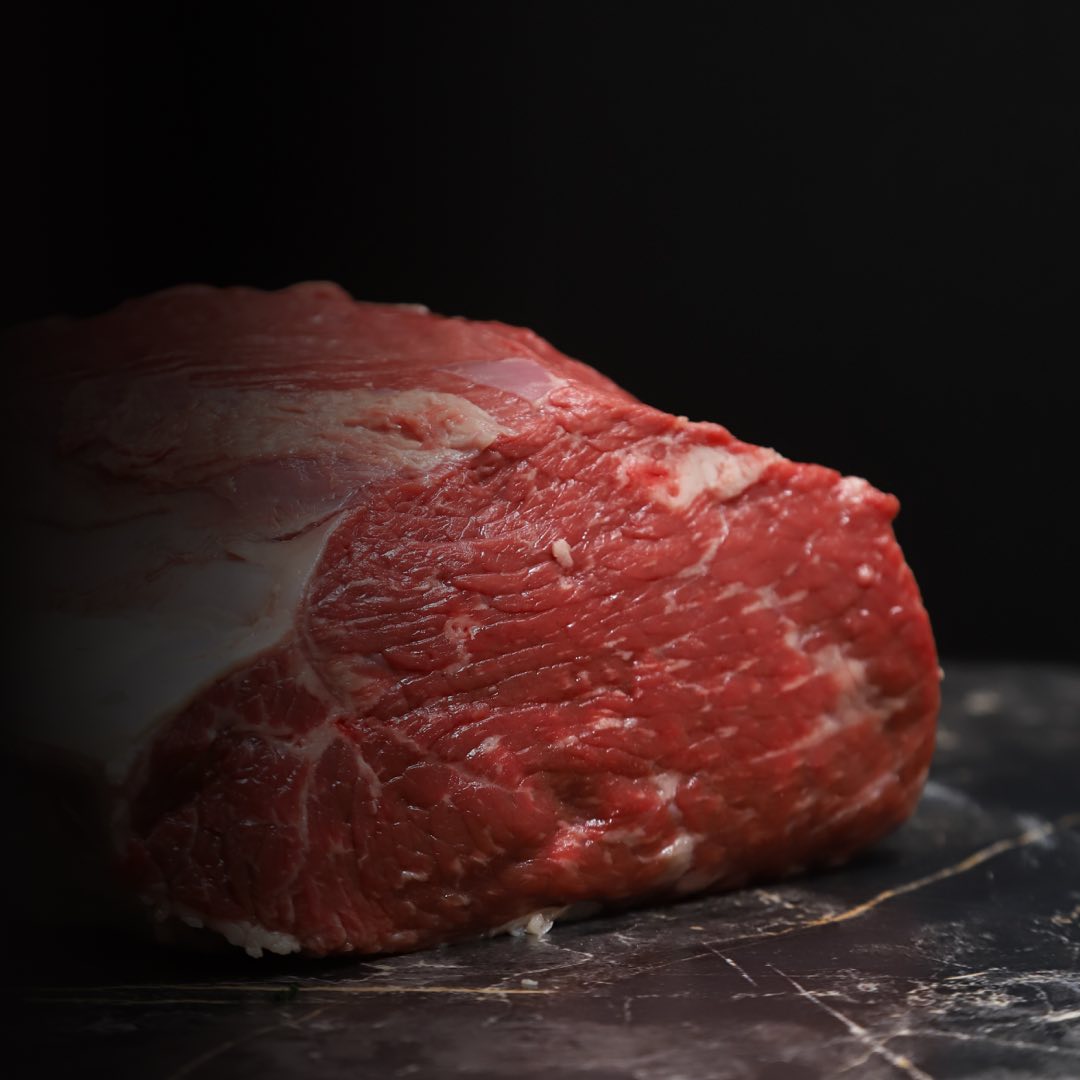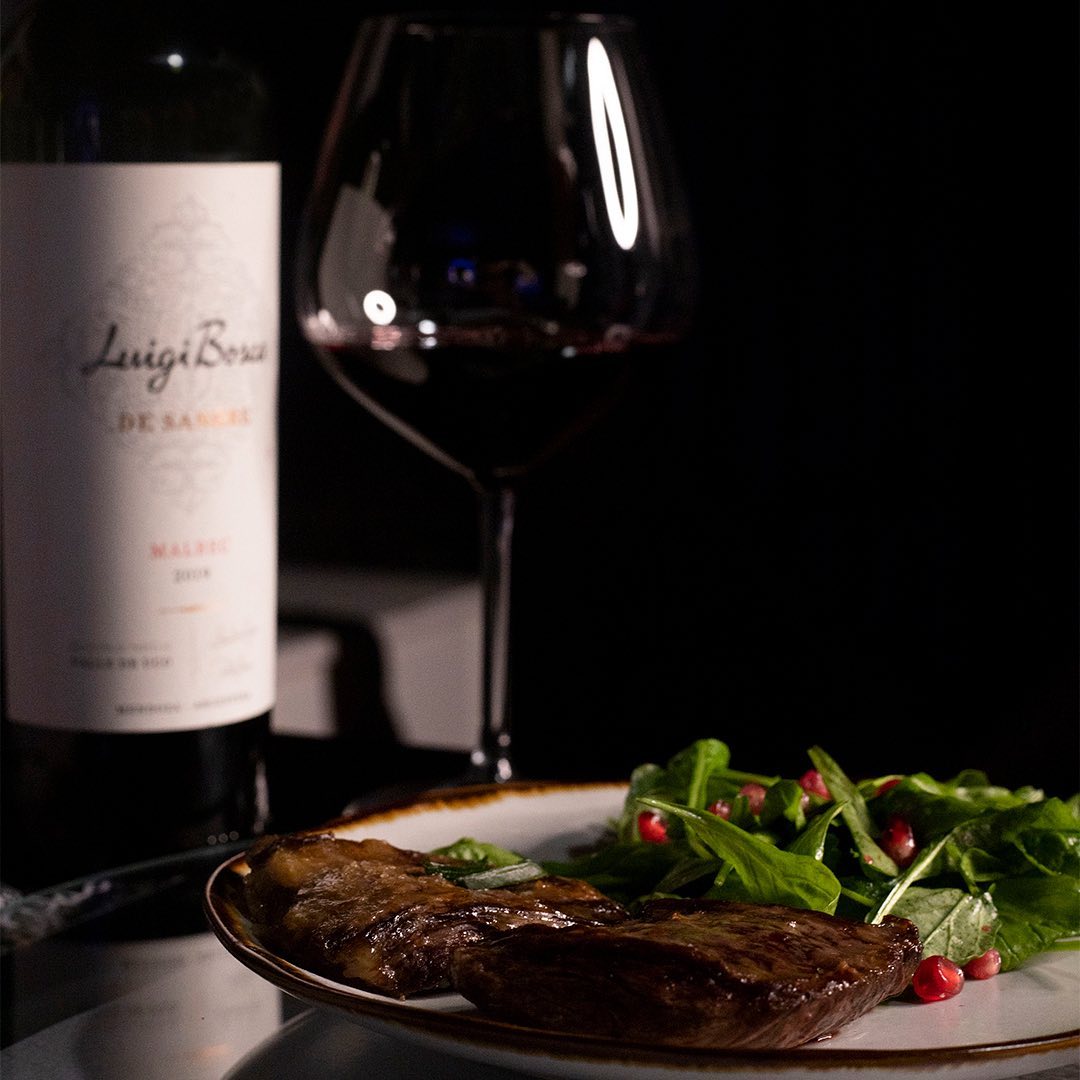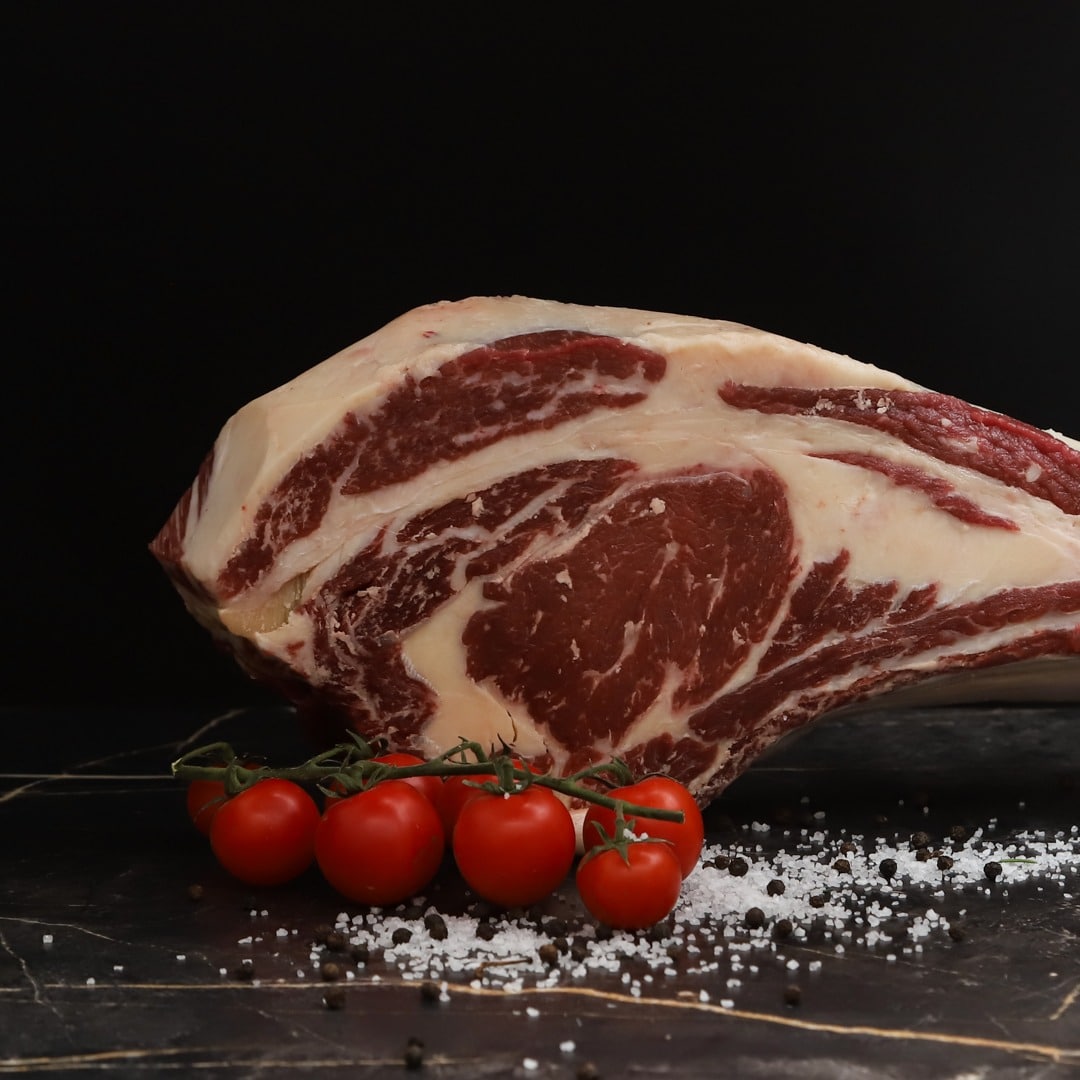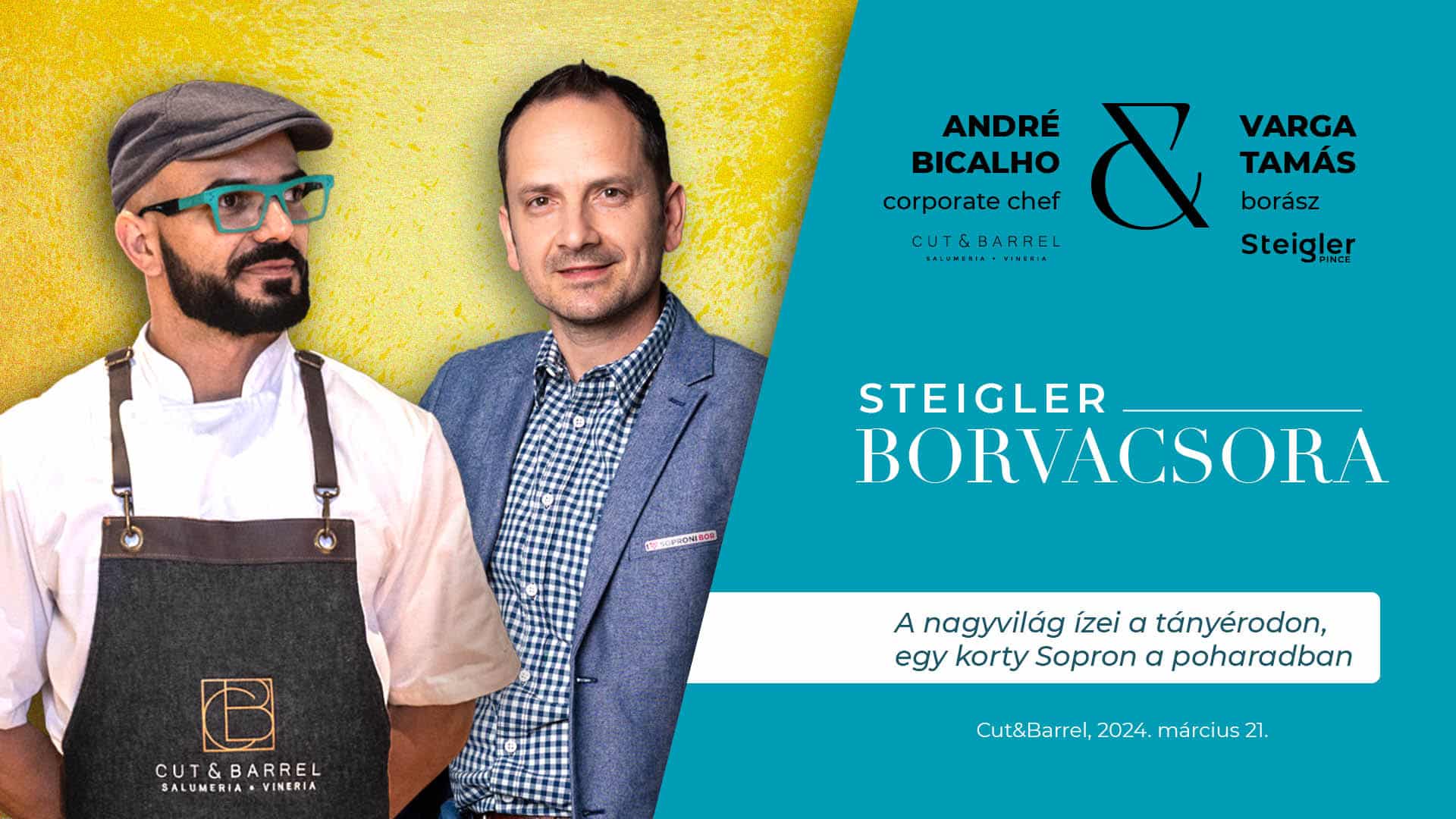About us
MUGE is an Argentinian company with more than 50 years of experience in the premium beef market.
Our commitment to quality is demonstrated by the design and development of our own infrastructure that allows us to follow every stage of the meat production cycle.
How did we start?
The Castellucci family opened their first butcher’s shop in 1973. This is how the founders of MUGE started to learn the ins and outs of the beef trade. Then, in 1989, the first MUGE slaughterhouse was founded, under the leadership of the second generation of the family, Diego and Gustavo Castelucci.
As time goes on, generation after generation, new technologies and methods are constantly being applied. Today, the sourcing of pre-bred cattle, cold slaughter and processing, direct sale to the public and the use of the most modern technologies are the pillars that allow us to meet the growing demand for quality products beyond Argentina’s borders.
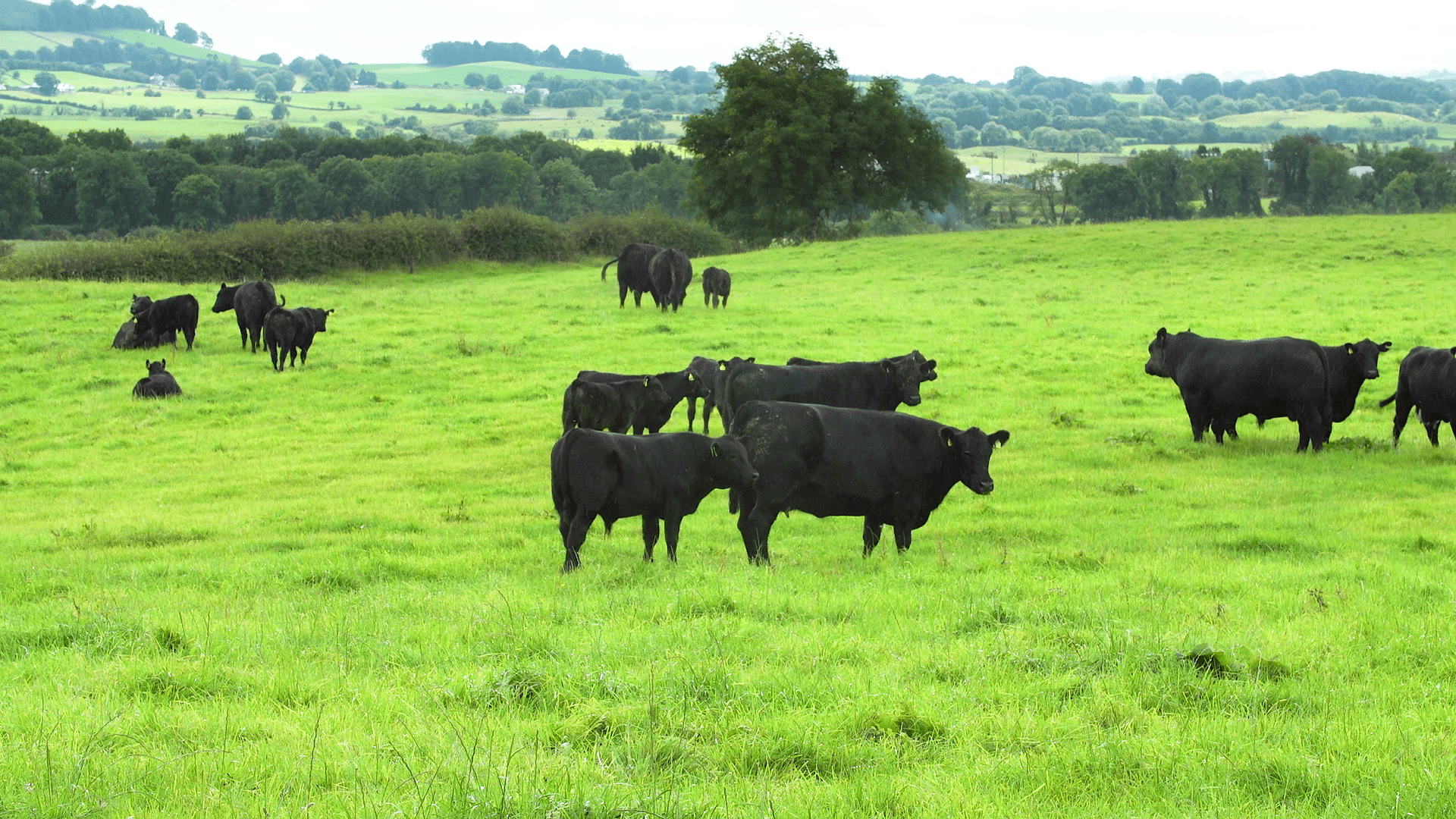

Our flesh
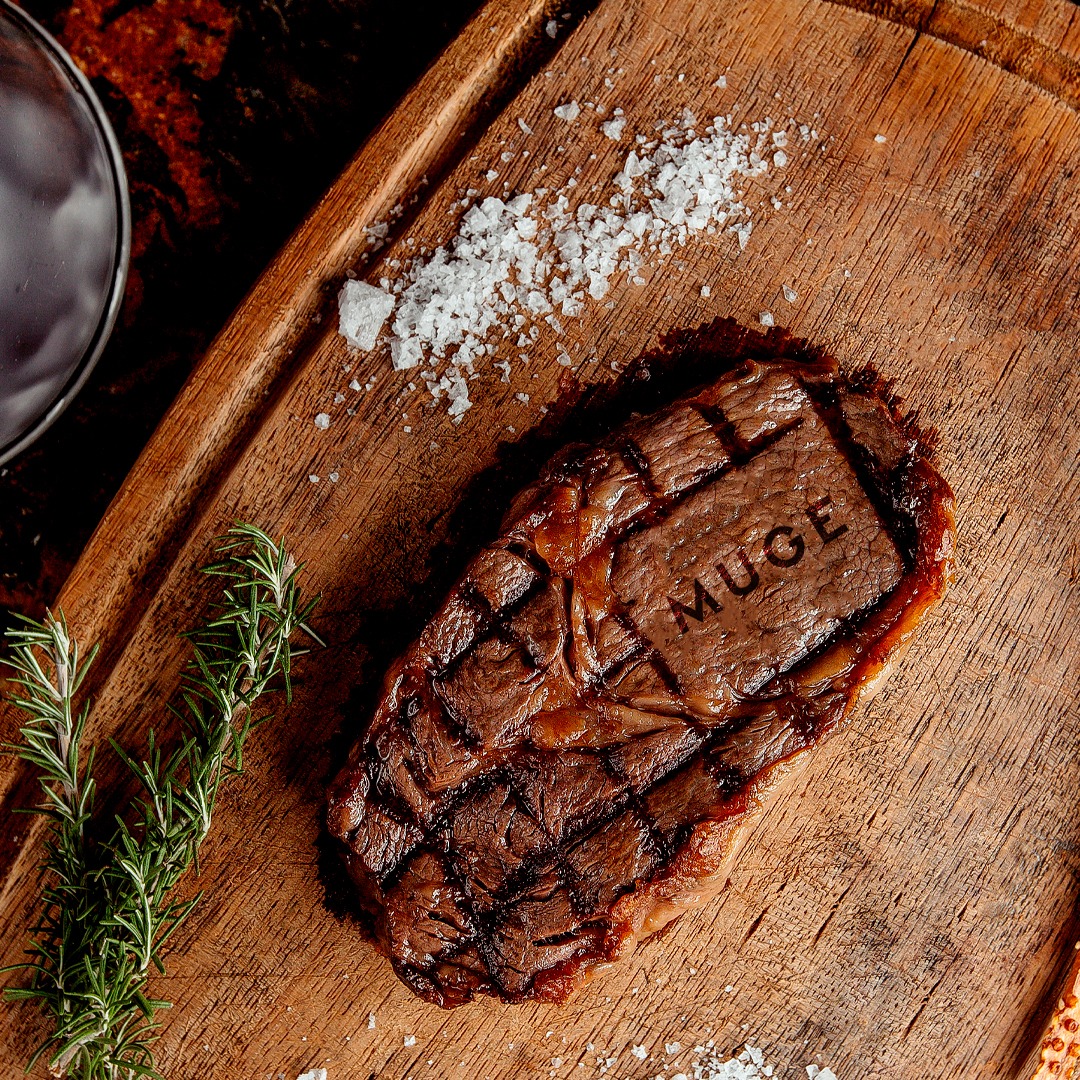
The plains of the Argentine pampas are among the most fertile agricultural areas in the world. The high organic matter content of the soil in the area has resulted in high quality natural pastures. This, coupled with a moderately warm and humid climate, makes it an ideal habitat for the development of a wide variety of British-bred cattle breeds and their crosses.
Our buyers personally select the cattle at cattle farms in the region, then monitor the herding and penning of the animals, with a strong emphasis on the proper transport of the animals to the slaughterhouse. All this ensures that our customers receive meat of exceptional quality.
In order to meet the demands of this very demanding market, our products are selected and developed through the following four-step process, which sets us apart from our competitors.
1. Selected cattle
We source cattle directly from partners who are committed to our project. These farmers raise their herds on natural, grassy pastures in the pampas, in the western part of Buenos Aires province, where the good genetics of the animals can be fully exploited during their development, ensuring high quality meat.
2. Cutting
Consumers appreciate the tenderness of the meat. When slaughtering, the meat to be processed is obtained from the animal’s muscles. There is a big difference between tense and relaxed muscles. Already in the pens, measures must be taken to rest the stressed animal, so the cattle rest for 24-72 hours. And in the slaughterhouse, we have modified the hanging of the half-bodies, hanging them at the hips. In this way we achieve the maximum possible muscle stretch and the meat is much softer than with traditional hanging.
3. Disassembly
We work with professionals who, thanks to their expertise, can guarantee that our products are cut and packed to perfection. After slaughter, the cattle are cut into half-carcasses and graded according to body type, size and age to ensure that the most suitable ones are sent to the buyers below:
- Premium restaurants and catering
- Wholesalers
- Industrial processing facilities
4. Maturing
Maturing the meat is essential to obtain a high quality product. During curing, the meat becomes softer and more nutritious as it loses its lactic acid content. There are two basic conditions for ageing: hygiene and the right temperature. For this, we have a maturation room that operates between 1 and 4 Cº. The meat is vacuum packed to avoid contamination and oxidation, so that the product retains its colour and flavour for longer. After cutting, the meat is left to rest for between 21 and 30 days. This type of curing ensures that the beef we process is extremely tender and a pleasure to eat.
Contact
MUGE - The meat sommelier
We work for demanding customers who prefer the best service and the highest quality goods. That is why they order from us, because they are confident that their needs will be met through MUGE. Our main clients include hotels, Argentinean grill specialities, restaurants, catering companies, catering outlets, gastronomic courts in large shopping centres and retailers.

